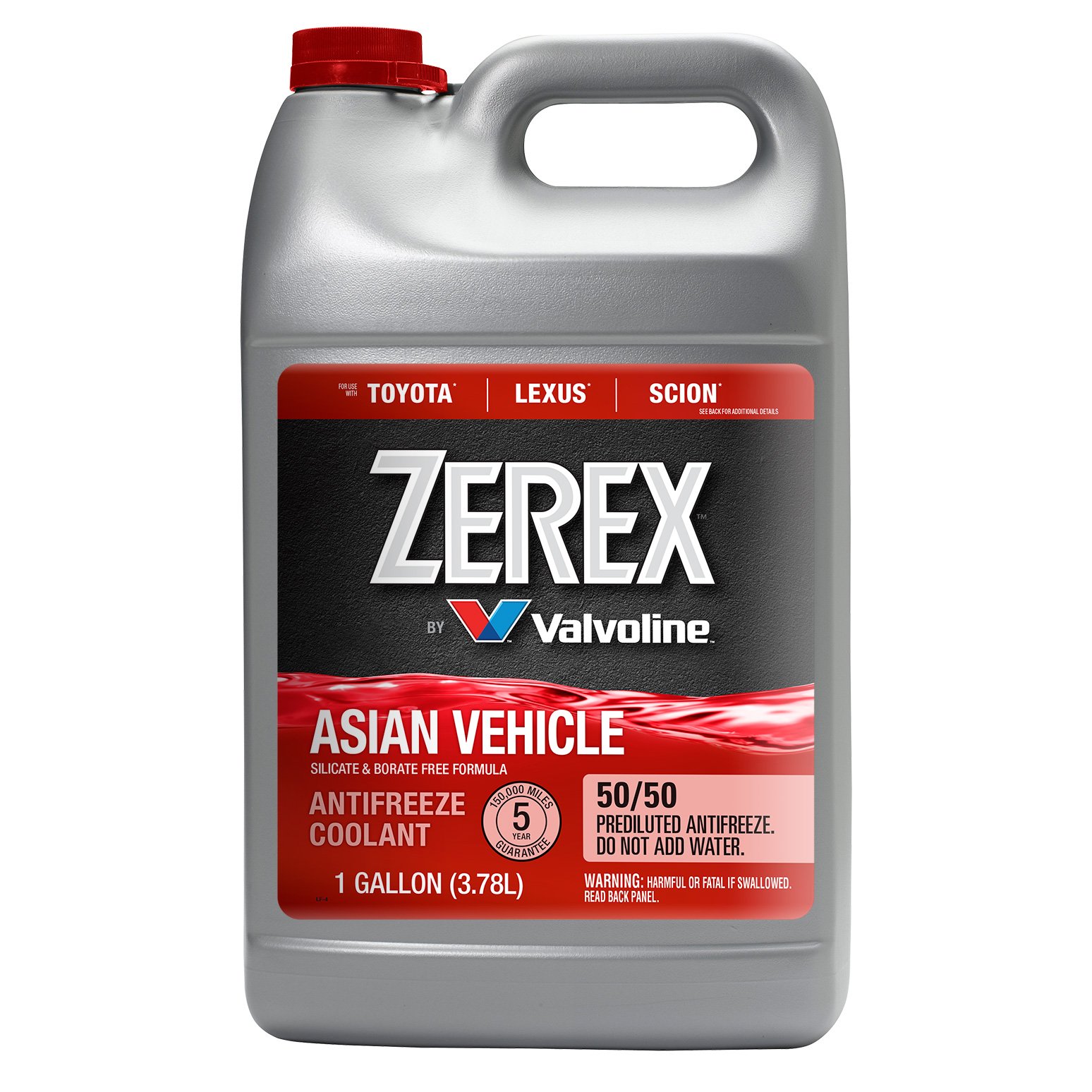Changed the coolant on my 2015 RAV4 today and took a couple pics.
This is a simple drain and fill of the radiator, if you want to get all crazy and drain the engine block then the volume of fluid will probably be more.
The design of the cooling system on this generation makes it one of the easiest to perform the maintenance service.
No need for ramps or jacking up the RAV for access.
The reservoir sits high up in the engine bay so burping the system is basically automatic.
This generation of RAV4 does not have a radiator cap on the actual radiator, it is on the reservoir, so no need to remove the top radiator cover. You do however need to remove the lower cover.
Tools and supplies I used:
2 gallons Toyota Super Long Life Coolant (premixed)
10mm socket, ratchet, extensions
small flat blade screwdriver (for plastic clips)
Pliers (for reservoir hose clamps)
Clear vinyl tubing 5/16”ID
2 empty gallon size plastic containers.
drain pan for drips
anti-seize for bolts
shop towels
gloves
This is a simple drain and fill of the radiator, if you want to get all crazy and drain the engine block then the volume of fluid will probably be more.
The design of the cooling system on this generation makes it one of the easiest to perform the maintenance service.
No need for ramps or jacking up the RAV for access.
The reservoir sits high up in the engine bay so burping the system is basically automatic.
This generation of RAV4 does not have a radiator cap on the actual radiator, it is on the reservoir, so no need to remove the top radiator cover. You do however need to remove the lower cover.
Tools and supplies I used:
2 gallons Toyota Super Long Life Coolant (premixed)
10mm socket, ratchet, extensions
small flat blade screwdriver (for plastic clips)
Pliers (for reservoir hose clamps)
Clear vinyl tubing 5/16”ID
2 empty gallon size plastic containers.
drain pan for drips
anti-seize for bolts
shop towels
gloves







